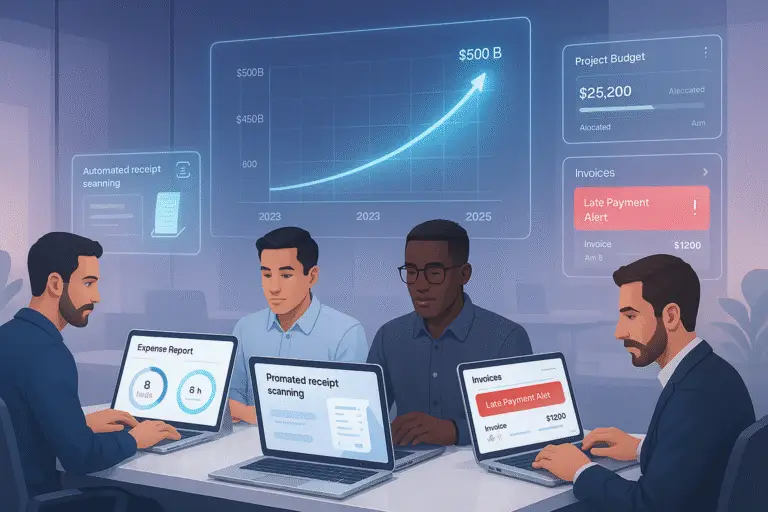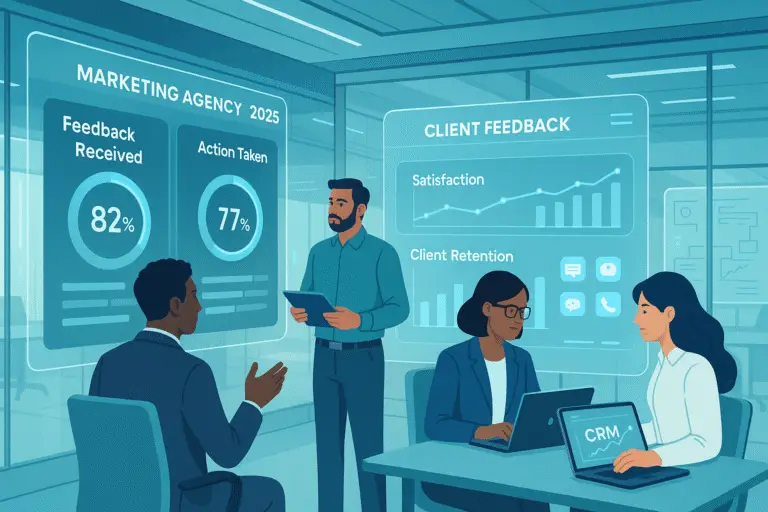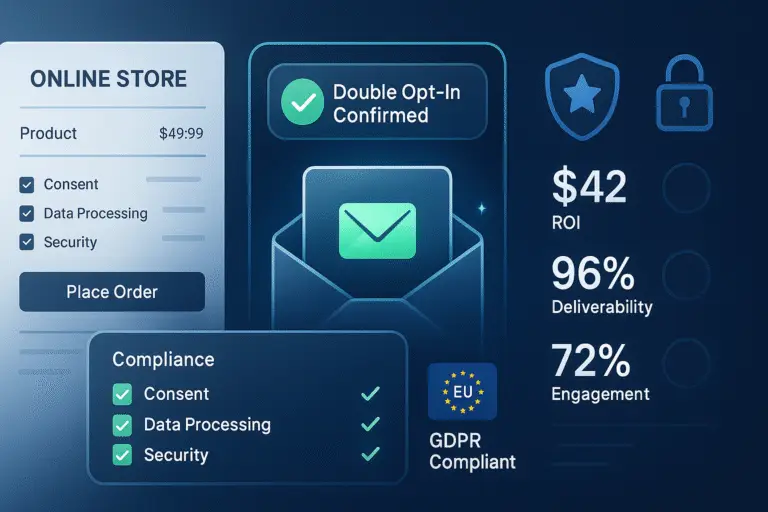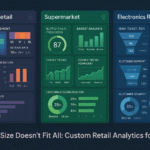We’ll cover the following areas:
- Why behavior-based email personalization outperforms traditional segmentation
- How to implement browse abandonment triggers that recover lost sales
- Creating post-purchase sequences that drive repeat purchases
- Using real-time inventory alerts to create urgency and boost conversions
- Crafting personalized recommendations based on browsing patterns
Why Behavior-Based Email Drive Higher Open Rates
Traditional email marketing relies on demographic segmentation – sending emails based on age, location, or other static attributes. This approach falls short in today’s competitive landscape. Behavior-based emails, by contrast, respond to specific customer actions, making them significantly more relevant to the recipient.
When customers receive emails triggered by their own behaviors, open rates increase by an average of 28.5% compared to standard promotional campaigns. This makes perfect sense – these messages arrive at exactly the right moment in the customer journey, addressing specific needs or interests the customer has already demonstrated.
Behavior-based emails also benefit from better timing and relevance. Unlike mass-send campaigns delivered on a preset schedule, these messages are triggered when customers take specific actions, ensuring they arrive when engagement potential is highest.
1. Browse Abandonment Triggers That Recover Lost Sales
Browse abandonment emails target customers who viewed products but left without adding items to their cart. Unlike cart abandonment (which most retailers already use), browse abandonment captures interest at an earlier stage in the buying process.
How to Implement Browse Abandonment Emails:
1. Set up tracking to identify when a customer views a product page multiple times but doesn’t purchase
2. Create automated email triggers that activate 24-48 hours after the browsing session
3. Include compelling imagery of the viewed products in your email
4. Add social proof elements such as reviews or “others also bought” suggestions
5. Consider adding a small incentive for first-time customers to complete their purchase
Browse abandonment emails typically see open rates of 31-45% when properly implemented, compared to 15-25% for regular promotional emails. The key is to strike the right balance between helpful reminder and sales message.
Timing is critical for browse abandonment emails. Testing shows that sending the first reminder within 24 hours of browsing achieves optimal results, with a potential second reminder 2-3 days later if no action is taken.
2. Post-Purchase Sequences That Drive Repeat Orders
The period immediately after purchase represents a golden opportunity to build customer loyalty and drive additional sales. Post-purchase behavior-based emails can achieve open rates up to 60% higher than standard marketing messages because they build on an existing transaction.
An effective post-purchase sequence includes:
1. Order confirmation with cross-sell recommendations
2. Shipping and delivery updates
3. Product usage guides or tutorials
4. Review requests at the optimal moment
5. Replenishment reminders based on typical usage cycles
For consumable products, implementing replenishment reminders can increase repeat purchase rates by 25-40%. These emails work because they’re sent at exactly the right moment – when customers are likely running low on the product.
Cross-sell recommendations in post-purchase emails should be based on actual purchase data, not generic bestsellers. Emails showing related products that complement the customer’s specific purchase see conversion rates 3x higher than random recommendations.
3. Real-Time Inventory Alerts That Create Urgency
Customers who browse items but don’t purchase immediately can be effectively re-engaged through inventory update emails. These behavior-based triggers activate when stock levels change for products a customer has shown interest in.
The two most effective inventory alert types are:
1. “Low stock” notifications – alerting customers when items they’ve viewed are running out
2. “Back in stock” alerts – notifying customers when previously unavailable items return
Real-time inventory alerts typically achieve open rates of 50-65% – among the highest of any email type. The success stems from their high relevance and the natural urgency they create.
When implementing inventory alerts, transparency is key. Include the exact number of items remaining when possible, rather than vague “running low” messaging. Tests show that specific numbers (“Only 3 left!”) create more urgency than general warnings.
4. Personalized Recommendations Based on Browsing Patterns
Generic “you might also like” emails have become standard practice, but sophisticated behavior-based recommendation engines deliver significantly better results. By analyzing browsing patterns across multiple sessions, you can identify deeper interests and preferences.
Advanced recommendation emails should consider:
1. Category affinity (which product types the customer browses most)
2. Price sensitivity (do they primarily view sale items or full-price products?)
3. Brand preferences based on browsing history
4. Seasonal or occasion-based shopping patterns
5. Complementary items to previous purchases
Personalized recommendation emails based on browsing behavior achieve 26% higher open rates than generic promotional messages. The key differentiator is relevance to the individual, not just general popularity of products.
Recommendation Email Best Practices:
* Use subject lines that clearly communicate personalization (“Selected for you based on your interest in [product]”)
* Limit recommendations to 3-5 items to prevent choice overwhelm
* Include a brief explanation of why each item was selected
* Test different recommendation algorithms to find the most effective approach
5. Re-Engagement Campaigns Based on Engagement Patterns
Not all behavior is active – sometimes the most telling behavior is absence of action. Re-engagement campaigns target customers showing declining engagement patterns, with triggers based on:
1. Decreased email open frequency
2. Reduced website visits
3. Longer time between purchases
4. Cart or browse abandonment without return visits
Behavior-based re-engagement emails perform up to 200% better than standard “We miss you” campaigns because they’re triggered at the early stages of disengagement, not after a customer has completely lapsed.
The most effective re-engagement approaches use incentives tailored to the customer’s previous behavior. For example, customers who previously responded to free shipping offers should receive similar incentives, while discount-motivated customers should receive percentage-off promotions.
Implementation Tips for Behavior-Based Email Success
Successfully implementing behavior-based email personalization requires careful planning and the right technical foundation. Here are key considerations:
1. Start with one behavior trigger and master it before expanding your program
2. Ensure your email platform can handle real-time behavior triggers
3. Test different timing intervals between the behavior and email delivery
4. Create control groups to measure lift against standard campaigns
5. Continuously refine behavior triggers based on performance data
Many ecommerce brands make the mistake of trying to implement too many behavior-based programs simultaneously. This often results in technical challenges and difficulty measuring results. A phased approach typically yields better long-term results.
When setting up behavior triggers, consider creating suppression rules to prevent email fatigue. For example, customers who receive a browse abandonment email shouldn’t receive another behavior-based email for at least 48-72 hours.
Measuring Success Beyond Open Rates
While open rates are an important metric for behavior-based emails, they shouldn’t be the only success measure. A comprehensive measurement approach includes:
1. Conversion rates per email type
2. Revenue per email sent
3. Customer lifetime value impact
4. Unsubscribe and complaint rates
5. Long-term engagement patterns
Behavior-based emails should consistently outperform your standard campaigns by at least 30-50% on most metrics. If they don’t, review your triggers, timing, and content to identify improvement opportunities.
A/B testing is particularly important for behavior-based emails. Try different subject line approaches, content formats, and call-to-action structures to optimize performance over time.
| Email Type | Average Open Rate | Average Conversion Rate |
|---|---|---|
| Standard Promotional | 15-25% | 1-3% |
| Browse Abandonment | 31-45% | 3-5% |
| Post-Purchase | 40-60% | 5-8% |
| Inventory Alerts | 50-65% | 8-12% |
| Personalized Recommendations | 25-35% | 4-7% |
Conclusion: The Future of Behavior-Based Email
As we move toward 2025, behavior-based email personalization will become essential for successful ecommerce brands. Customers increasingly expect retailers to understand their preferences and anticipate their needs.
The most successful ecommerce brands will go beyond basic browse and cart abandonment to create sophisticated, multi-touch email journeys based on comprehensive behavior analysis. This approach not only boosts open rates but also drives meaningful revenue growth and customer loyalty.
To stay competitive, focus on implementing the five behavior-based tactics outlined in this article, starting with the one most relevant to your current business challenges. Measure results carefully, and continuously refine your approach based on performance data.
Have you implemented any behavior-based email tactics in your ecommerce marketing? I’d love to hear which approaches have worked best for your business and what challenges you’ve faced in the comments below.
Discover more from SaaSPrism
Subscribe to get the latest posts sent to your email.








